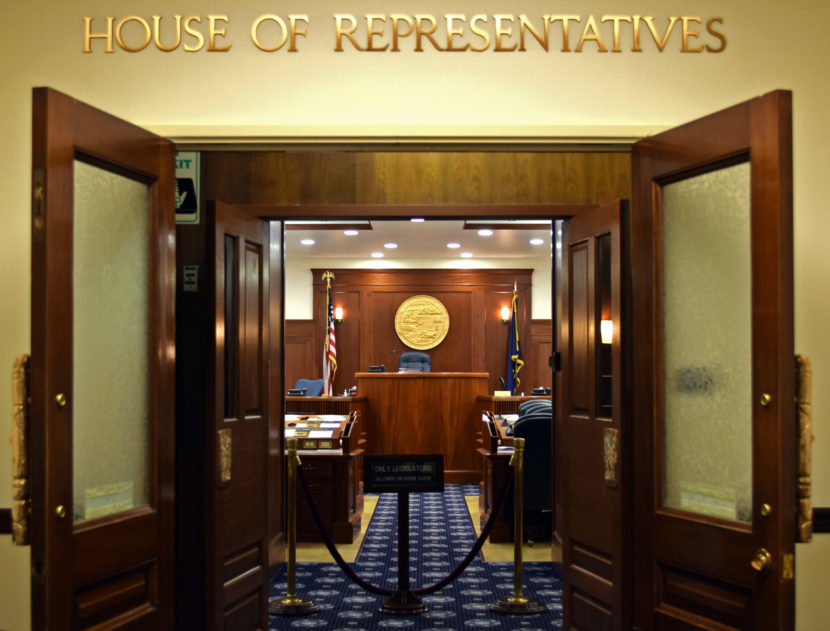
More than six weeks after the election, the Alaska House of Representatives still doesn’t have a majority. It’s taking longer to organize a majority caucus this year because the House has almost equal numbers of Democrats and Republicans (and one race that’s still unresolved).
The delay means lawmakers don’t know their committee assignments. They also don’t know how many staff members they can hire, and which Capitol office they’ll have.
Former lawmakers say there are pitfalls of organizing a closely divided House.
Craig Johnson is a former representative who was in charge of office assignments as the House Rules Committee chairman from 2011 to 2016. The Anchorage Republican said House members will start to feel pressure as they move closer to the session. It’s particularly tough for the people who want to be their aides, who have to wait to see if they’ll have a job.
“The people that have to move to Juneau – that’s where … I think, the real problem is,” Johnson said. “There are already some people on their way down. And so you got people that are in kind of a no man’s land, not knowing if they get there, if they’re going to have a job. Should they leave? Should they not?”
Johnson noted that Alaska could have a situation where the House is evenly split. That happened in Oregon in 2011, when there were Republican and Democratic co-speakers who shared power.
But he said that even if there’s a narrow majority, it may be difficult for it to get things done.
“The majority, as slim as it is, regardless how it forms, the committees are going to be evenly split,” Johnson said. “It’s not like where you’ve got the ability for anybody to miss a day.”
It’s taken time to organize a majority before. The most noteworthy instance was in 1981, when the House didn’t organize until the 22nd day of the legislative session.
Sally Smith said there may be lessons from that time that today’s lawmakers can learn from. She represented Fairbanks as a Democrat, and was the rules committee chairwoman once the House organized that year.
At the time, the Democrats had 22 members. But they couldn’t agree on who should chair the Finance Committee. And once they formed an organization, some newer and rural Democrats still felt their voices weren’t heard.
“You really need to have leadership that takes into account every one who is at the table, regardless of their political party. And tries to accommodate … not so much what they want to take from the table, but what they bring to the table,” she said. “And then we get to a system that starts to work as it should.”
The narrow Democratic majority wasn’t stable during that session. In June, four Democrats left the caucus and joined with 16 Republicans and two Libertarians to overthrow the majority that Smith was a part of.
“There was a lot of talent and it was really unfortunate that … the organization as it turned out, just didn’t keep their perspective,” she said. “I think we all started out on the right track. But we got perhaps full of ourselves.”
Smith said majorities work best when all of the members are treated equally. It also helps if there’s a limited number of goals they all agree on, rather than having the leaders dictate the goals.
“On the Democratic side, it was, ‘we’re going to tell you guys what to do. You’re just supposed to fall in line.’ And on the Republican side, it was, ‘Where do you want to go?,’” Smith said. “And they said, ‘We want to hold the leadership.’ And they developed their plan and they executed it. And they executed it well.”
The first day of the session will be Jan. 15.
